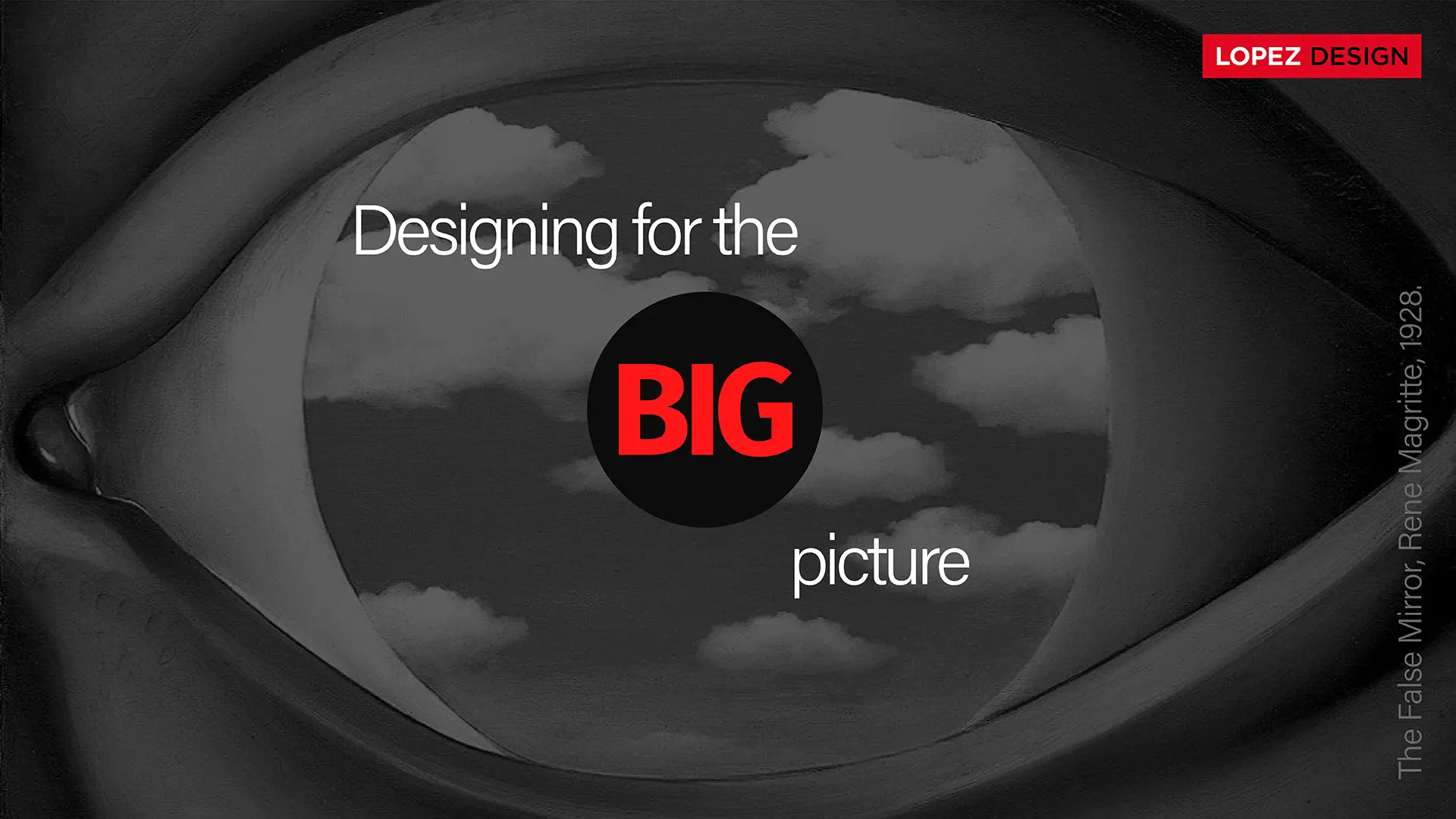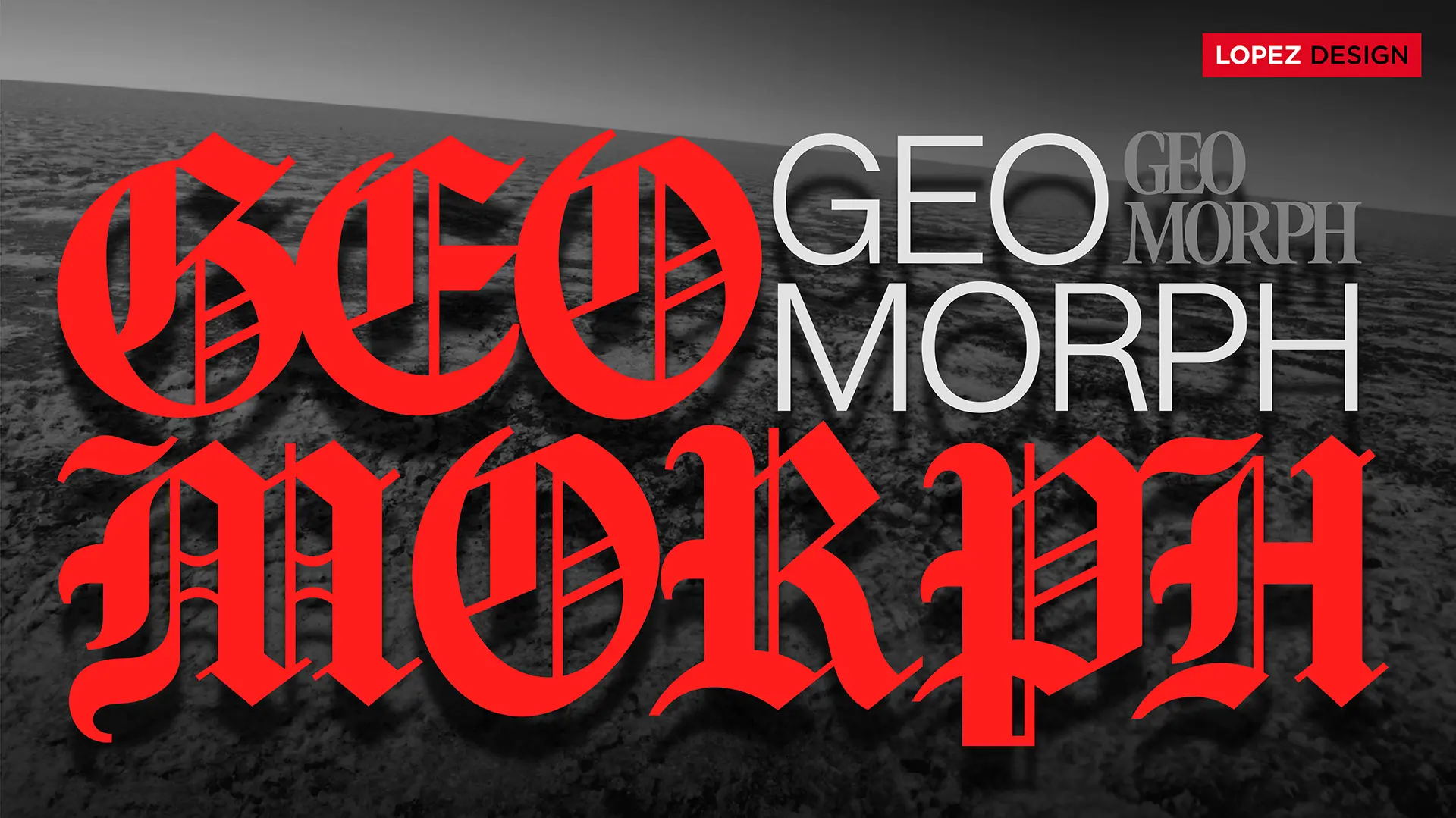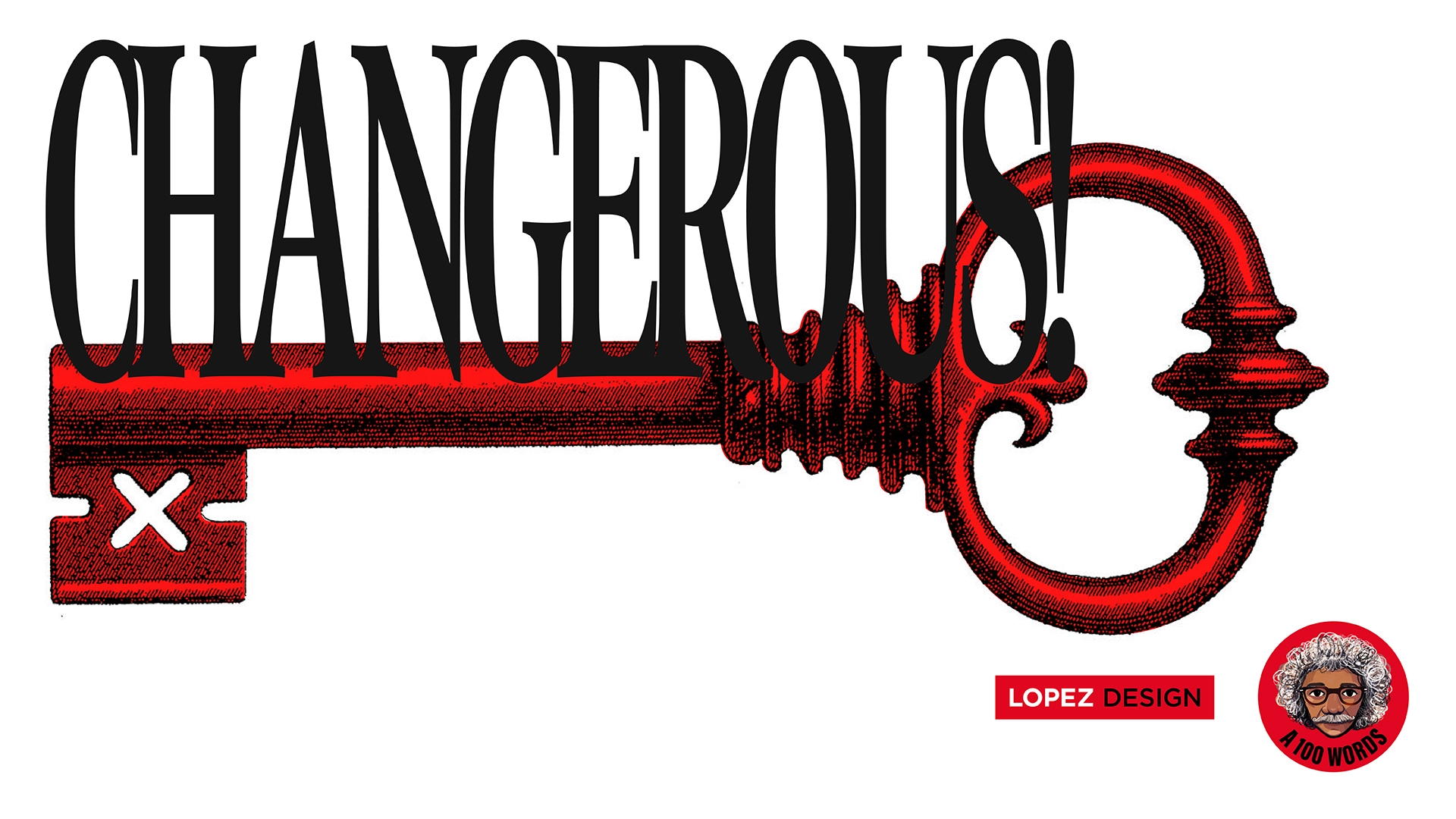Designing for the Big Picture

Three reasons why design should be holistic in its approach
Good design is much more than skin deep. Whether a product, a service or communications, design’s impact goes far beyond sensory appeal and user satisfaction. Even about a specialized field as UX design, Iris Kodelja of Async Labs says, “For me, holistic UX design is a complete end user’s journey because it refers to every touchpoint the user has with the final product or service. It’s not just about user experience with the product or service itself but the overall impact of that product or service on the end user.”
It is necessary, therefore, that design considers all interrelationships, cause and effect in totality, looking at all aspects of the problem at hand. It’s a way of thinking that embraces the big picture as well as the environmental, social, and economic aspects of design.
In this article, we’ll explore three compelling reasons how design can be holistic in its approach:
1. To address complex interdependencies
Problems, like diseases, present themselves as symptoms. In reality, they are deep and complex, part of a web of interconnections, where a change in one area can have far-reaching consequences in others. A holistic approach to design acknowledges these interdependencies and seeks to find solutions that consider the broader ecosystem towards providing a comprehensive and balanced path to ensure long term sustainability and effectiveness.
Consider the design of an urban transportation system. A narrow, singular approach might focus solely on reducing traffic congestion. However, a holistic design approach would recognize that transportation systems are intertwined with environmental sustainability, public health, and social equity. For instance, widening a highway could mean relocating farmlands, and reconsidering how livelihoods will shape up. By considering all influencing factors, designers can create a transportation system that not only eases traffic but also reduces pollution, improves lifestyles and livelihoods, and ensures accessibility for all members of the community.
2. To be fully user centric and boost long term user satisfaction
Design has been an altering force in meeting unknown needs of users by identifying new conveniences and better lifestyles. When designers concentrate on one part of a problem, they may end up leaving out niche users and their interests. Holistic approaches are vital in identifying the needs of a wide populace by being empathetic to many different types of users. When users discover that a product or service is well tailored to their needs, more people will use it, and they will be happier with it.
For example, think about how a healthcare app is designed. With a holistic approach, we'd think about what patients, caregivers, and doctors all need. We'd also consider the aspects of making the app work well for people with disabilities, people who speak different languages, and people from different cultures. By being sensitive to the entire range of users, the app is inclusive and superior in functionality.
3. To foster innovation and adaptability
In a rapidly changing world, adaptability and innovation are crucial for the success of any design — we need to stay relevant to stay in the game.
Consider the design of a flexible workspace. Instead of creating a static office layout, a future forward approach looks at space design that can easily adapt to different workstyles and new technologies. This not only makes the workspace more resilient to change but also encourages innovation as employees have the freedom to experiment through interdisciplinary collaboration. When experts from various fields come together to solve a problem, they bring diverse perspectives and ideas to the table, fostering innovation through the synthesis of multiple viewpoints.
In conclusion, a holistic approach to design is essential in today's fast-changing world. It enables designers to address complex interconnections, be fully user centric, and foster innovation and adaptability. By considering all perspectives and aspects of a problem, designers can create solutions that are not only aesthetically pleasing but also sustainable, ethical, and responsive to the ever-changing needs of society. Most importantly, holistic design is reiterative in nature, and so the final solution(s) is always a work in progress.
By Akshay Sachdeva
More Articles
Related Projects
1.8 Billion for Change
BRAND STRATEGY + NAMING + BRAND IDENTITY SYSTEM + COMMUNICATION SYSTEM
The Bihar Museum
BRAND STRATEGY + BRAND IDENTITY + PRINT DESIGN + UI&UX +DIGITAL & SOCIAL MEDIA + WAYFINDING & SIGNAGE + ACTIVATION
Join our mailing list
Receive our periodic newsletter on Branding, Experience, and Design thinking.
More Articles
GEOMORPH
Changerous!
Follow us on
Insights
Follow Us
© 2025 Lopez Design Pvt. Ltd. All rights reserved



